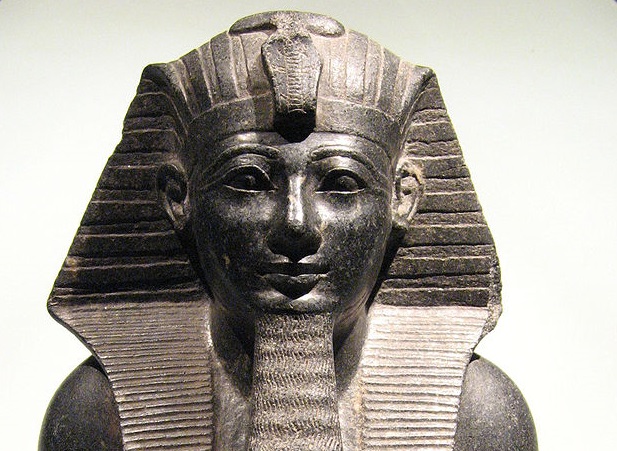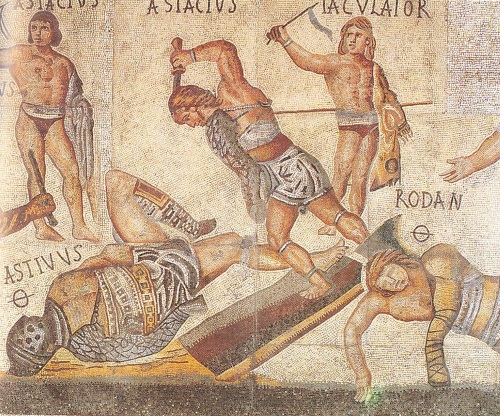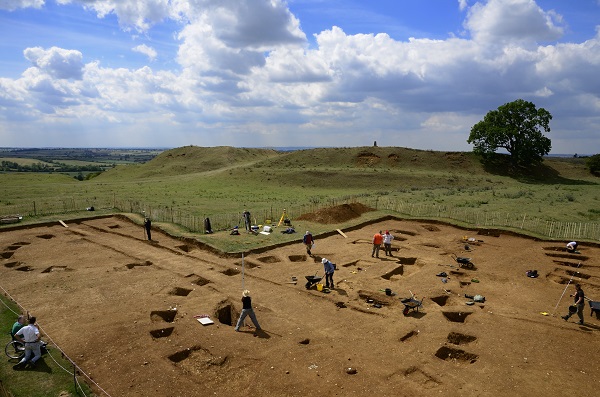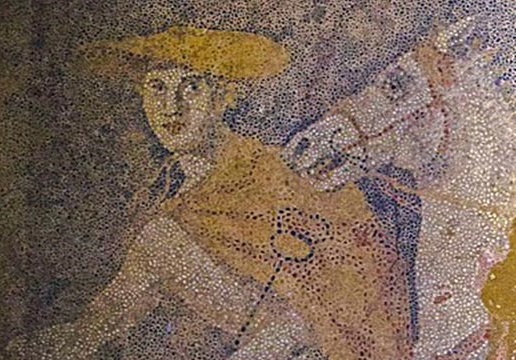Category: Antiquity
-

Alexander the Great: has he been found?
Human remains of a woman, a newborn baby and two men were found earlier at the newly found archaeological site of Amphipoles. As DisputedPast reported, these people lived during the era of the legendary Alexander the Great. Clearly, they were of the noble class. It was thought that the woman was either the wife or…
-

Tomb discovered of a fifth dynasty Egyptian queen
Czech archaeologists have discovered the tomb in Egypt of an unknown queen: Chentkaus III. She was probably the wife of a pharaoh who belonged to the fifth dynasty, about 4,500 years ago, according to the Egyptian Ministry of Antiquities. “It’s the first time we discover the name of the queen, who was unknown to us,…
-

Golden jewellery found on a New Kingdom mummy
Archaeologists found a mummy while cleaning a Middle Kingdom (2000 BC – 17000 BC) burial site on Luxor’s west bank. The spanish archaeological mission led by Myriam Seco unearthed the mummy within the ruins of a temple of King Thutmose III. The mummy itself is in a poor state, but the jewellery found on the…
-

Archaeologists unearth an unknown Roman god
Unknown Roman god (photo: Peter Jülich) A Roman sanctuary is found in an ancient temple in the southeast of Turkey with a depiction of a mysterious and unknown Roman god in it. On it, the god rises up from a plant and may be a fusion of Near Eastern and Roman elements, and could be…
-

History’s most unexpected veggies? The bloodthirsty Roman gladiators
According to popular belief, meat eaters are more aggressive and energetic than vegetarians . How is it then that some of the most brutal and aggressive warriors from history, Roman gladiators, ate mostly plants and grains? New research of the medical university of Vienna suggests just that. The researchers analyzed by spectroscopy the 1,800 year old…
-

Celtic chariot (300 BC) discovered near Leicestershire
Archaeologists from the University of Leicester dug up the remains of a decorated Iron Age chariot. The Celtic vehicle, dating from the 2nd or 3rd century BC, seems to have been buried as a religious offering. Archaeologists found the remains during their ongoing excavation of the Burrough Hill Iron Age hillfort, near Melton Mowbray, Leicestershire. The…
-

Beautiful tomb from Alexander’s age revealed
The discovery of an ancient tomb near Amphipolis in the Northern part of Greece earlier this year made the headlines worldwide (DisputedPast reported). The Greek prime minister himself underlined the importance of the finding to the press. He didn’t exaggerate, as the splendour of the tomb hints at a royal purpose of this burial chamber. The tomb dates at…